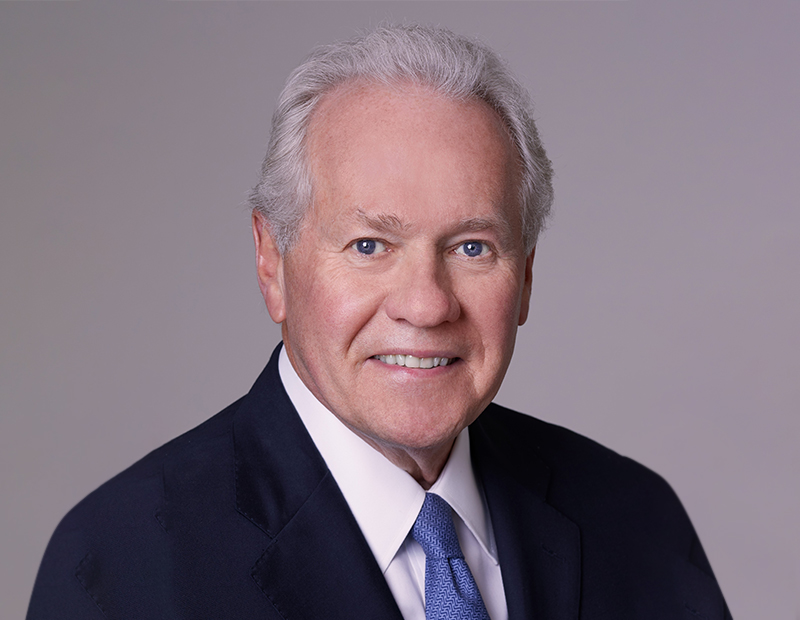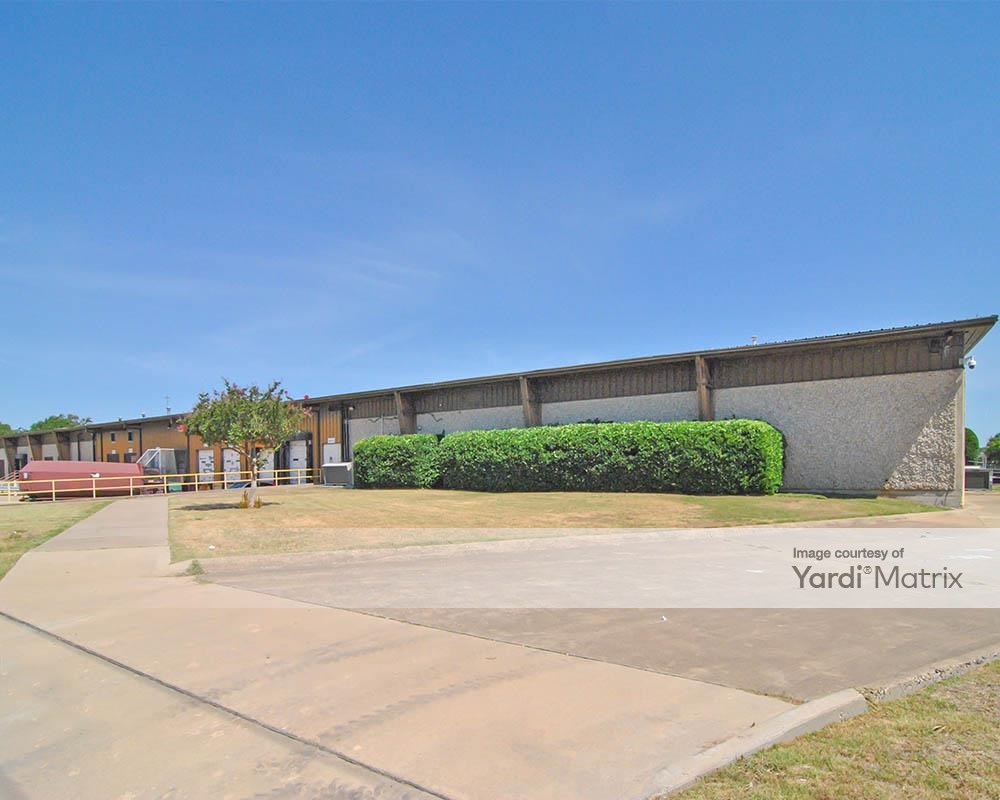Industrial Investment: What Makes a Successful Value-Add Strategy
Scott Sealy Sr., chairman of Sealy & Co., shares insights into how location can close the gap between yesterday’s and today’s industrial assets.
While the industrial sector has rapidly grown in lockstep with the evolution of e-commerce, a number of signs are beginning to point to a slowdown. Warehouses and distribution centers continue to be strong performers, but following a massive nationwide industrial construction boom, supply is finally starting to catch up with demand. Given the abundance of modern, industrial supply, value-add investors must have a more thoughtful approach.
Sealy & Co., active throughout the South and the Midwest, takes a straightforward approach to its value-add acquisitions, focusing not only on a building’s potential improvements but also emphasizing location as a key driver of asset value. Chairman Scott Sealy Sr. discussed his investment strategy and the state of the market with Commercial Property Executive.
READ ALSO: Industrial Supply Catches Up With Demand
How would you describe the state of the national industrial market, given soaring demand and unprecedented levels of industrial development?
Sealy: There are several sectors within the industrial market alone, and most are demand driven. Some, however, are moving to a balance of supply and demand. Larger distribution is still enjoying good absorption and rent growth. Infill properties in the markets we are in have limited vacancy and significant rent growth. We expect the trend to continue for several more years.
In which industrial market do you see the greatest opportunity for expansion, and what sets this market apart from the crowd?
Sealy: Multiple markets attract us for a variety of reasons. For example, we like Houston for its historical rent growth and fundamentals, the economy is very solid. Unfortunately, it can be hard to find potential development sites here because of the high demand and recognition of this potential. If you’re strategic, thorough and able to capitalize, the economic structure is rewarding.
Which building features are the most sought after, and how has this changed in recent years?
Sealy: The demand for specific features varies from property type to property type. What we’ve experienced most recently in big box is that potential buyers or renters are seeking sufficient trailer parking, multiple access points and higher and higher clear heights. From buildings developed years ago to those built more recently, there is limited obsolescence. The utility and design have remained reasonably consistent, but again, the clear heights have continued to rise considerably.
READ ALSO: Sealy & Co. Acquires 1 MSF Industrial Asset in MS
Tell us about a recent acquisition. How is it representative of current trends?
Sealy: We recently acquired a 128,000-square-foot building in Dallas. This property is an infill asset with capital needs and a pending lease expiration. Despite possible risks, we saw it as a great property with unique features that should be attractive to any user. Fortunately for us, we had and continue to have confidence in our team and know they can manage the leasing risk. That is what we are good at. We look for inefficiency in an acquisition opportunity. To achieve our threshold returns, we look for current vacancy, pending rollover or extraordinary roof capital needs. We assume our operating capacity will mitigate the risk we are assuming.
How can older industrial assets compete with new, modern space?
Sealy: Infill locations, specifically, have a key advantage. Because of the location, there is limited competition from new product. Even though the asset may be old, an infill property with good bones gives owners an edge. Improvements can be made to an asset and value can be added, but the location can’t be replicated in a property that simply doesn’t have that benefit to offer.
How can investments in technology impact the value of an industrial asset?
Sealy: Investment in green technology is a benefit to industrial properties. Lighting improvements, plumbing, solar and irrigation are all ways to make properties more attractive to prospects—particularly institutional tenants. You tend to get higher rents and enjoy a shorter shelf life when vacant.
Are value-add opportunities still the most attractive ones in this late-cycle economy?
Sealy: We have always been value-add buyers, even if sometimes these assets are hard to find. The key for us has been to look at more opportunities in order to find more investments that match our criteria. Sealy has had the same investment strategy for more than 40 years: Buy at a discount to replacement cost, and drive value through a strategic plan for each acquisition. It seems to work in all market cycle phases, and we’ve seen success for several decades and anticipate continued growth with this strategy.
What are your expectations for the future when it comes to the industrial market?
Sealy: I believe we are witnessing a structural change in industrial property demand and use. There has been a long-developing trend to move more valuable activities to industrial space. It is no longer a sleepy building with a skilled forklift operator. Computers, sophisticated racking systems and administrative functions have made distribution space an essential part of today’s supply chain strategy. Companies rely on efficient distribution to add profits to their business.










You must be logged in to post a comment.